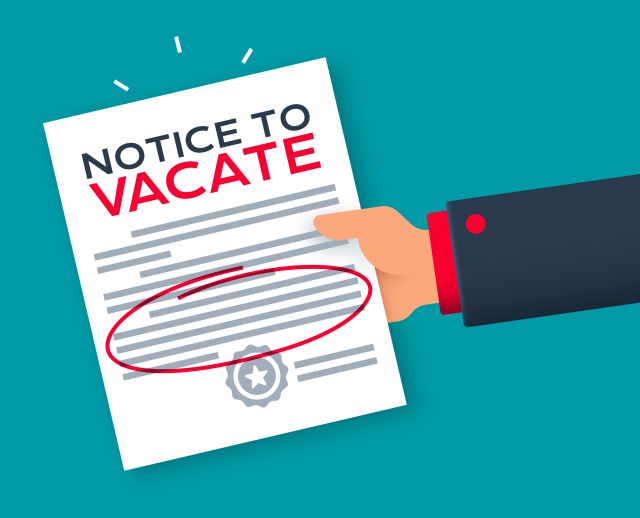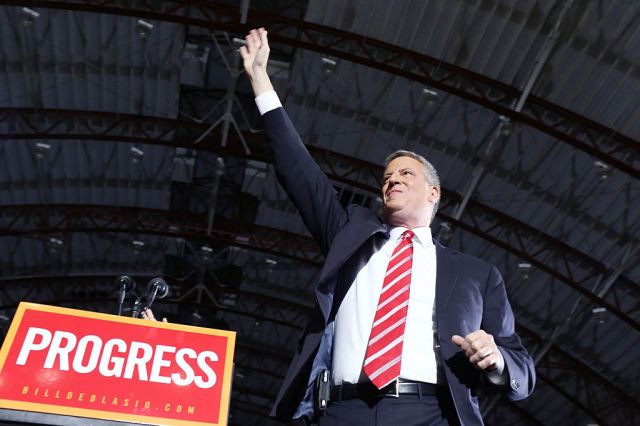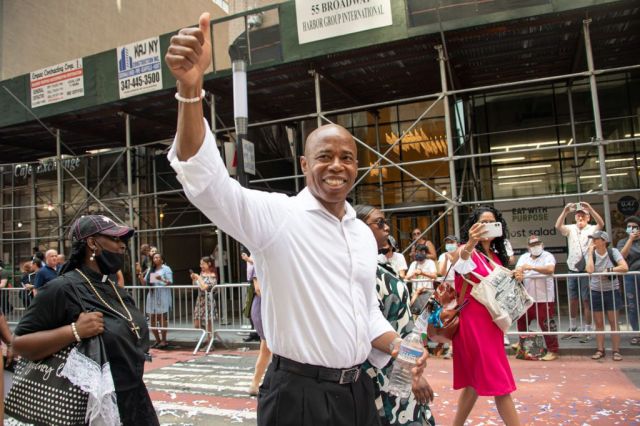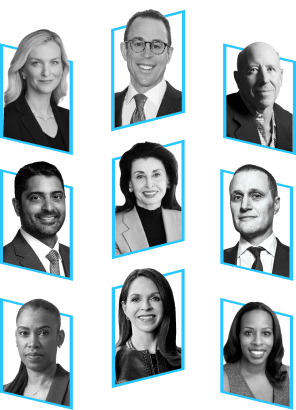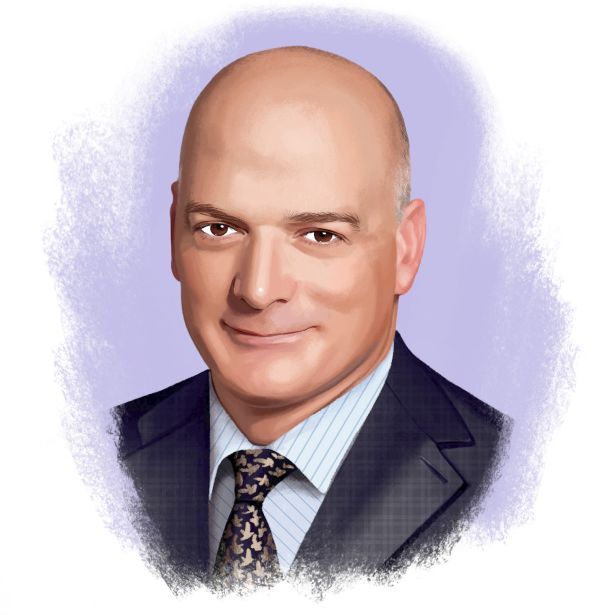
Nicholas Bienstock
Co-chairman and CEO at Savanna

What makes you bullish on South Florida and West Palm Beach? Are you considering upping your Florida investments again over the next 12 to 18 months?
We continue to be bullish on South Florida in general and West Palm Beach in particular. Vanderbilt University announced in 2025 that it is building a new business and technology/AI school in Downtown West Palm Beach. Cleveland Clinic is opening a new hospital in Downtown West Palm Beach.
And there is about $5 billion of super high-end office and residential development underway in West Palm Beach. And a who’s who roster of financial institutions, hedge funds, private equity firms and asset management companies continue to open offices there.
So our view is that West Palm Beach is in the fourth or fifth inning, not the ninth. We own assemblages representing about 3 million square feet of development, so we have a great pipeline in West Palm Beach. And our Olara super chic residential condo project — 1.6 million square feet — is one of the few projects in West Palm Beach under full-scale construction as we speak.
Last year, you discussed buying a new New York City office tower at a 40 percent discount. Since then, you acquired 444 Madison Avenue, 799 Broadway and 430 West 15th Street at significant discounts. Do you see this “discount cycle” nearing its peak — or are there better buying opportunities still out there?
New York is the shining star of the major gateway cities in the United States, with very clear data for over three years that people have returned to the office. Leasing stats for the better buildings in good locations are very strong across multiple industries. And we are seeing institutional lenders and investors returning to the New York City market.
But, acquisition pricing of good assets continues to be down 30 percent-plus. The combined landscape of historically low pricing for very high quality, well-located real estate, combined with a strongly recovering market — both in terms of capital markets and fundamentals — is a compelling fact pattern for acquisitions.
So we plan to buy more.
Are the capital markets moving fast enough to make these office opportunities pencil, or are you still seeing a disconnect between sellers and buyers?
The disconnect between sellers and buyers is much narrower than two years ago. Many lenders have marked the real estate down to current value, have taken control of the real estate, and are taking their knocks and selling at a market clearing price via lender-controlled sales (with the cooperation of the borrower). Or they are selling their notes at a discounted market price to buyers who will exercise their rights and take the asset back.
An increased transaction and leasing volume is leading to greater pricing transparency, which allows buyers to underwrite better. So the market is much more functional than two years ago. And transaction volume is increasing.
As a buyer of distressed assets, how do you underwrite risk today versus pre-pandemic norms?
We stick to our knitting. We make sure that if we are buying the fee interest, we can improve the building, lease it up, grow the income stream, and stabilize it over a four- to five-year period. And, if we are buying defaulted debt, we make sure we underwrite sufficient time and cost to take back the asset via a UCC or a judicial foreclosure. And then execute our business plan.
But, in most cases, rather than foreclose, we would prefer to work with the borrower to achieve a negotiated settlement. While we are certainly not assuming we will return to the 4.5 percent cap rates of the past, we are underwriting 6 to 6.5 percent cap rates on exit of a fully improved, high-quality, well-located stabilized property in four to five years.
Last year, you mentioned different funding sources for office-to-resi conversions. How have those efforts advanced or changed the past year?
Over 16 million square feet of older office buildings on the island of Manhattan are being converted to residential, reducing the supply of older, obsolete office buildings and improving the surrounding neighborhoods by bringing in new 24/7 residents. And that 16 million square feet number is going up quickly.
We are working with both an insurance company and a large asset manager who are interested in investing in conversions via construction debt. Clearly, institutional investors are returning to finance that growing conversion market.
With family offices now playing a bigger role in CRE, how has that affected deal velocity or investment criteria compared to institutional capital?
There is no question that the first movers over the past two years have been large-scale high-net-worth and family office capital. Those buyers are able to act without having to convince a 20-person investment committee that now is the right time to buy. And, during this time, the market of buyers has been thinner. But, as institutional investors return to the market, the sales process is accelerating and there is increasing transparency.
The IBM building sold to Elliott Management and RXR for $1 billion at a sub-6 percent cap rate, which sent a powerful signal to the market about both the return of large-scale institutional investors to high-quality assets and the pricing metrics of those assets in the current market.
Are you expecting an influx of market activity in the first half of 2026 if rates continue to go down?
Yes. Both for the remainder of 2025, and accelerating activity into 2026. Liquidity of both debt and equity markets continues to improve; and New York City is by far the deepest market, the most liquid and transparent market, and the market that is furthest along toward recovery. So transactional activity will continue to improve, with increased volume, if rates go down.
Lighting Round:
Mamdani, Cuomo, Adams — Friend, mute, unfollow?
Mandami will win, which is a gift to Republicans and unfortunate for NYC. But his damage will be somewhat limited by Gov. Hochul.
Your pick for Fed chair `26?
Jerome Powell. But that is not going to happen.
Borrowing costs up or down by late 2026?
Down.
Last vacation and where?
Madrid, for both business and pleasure. !Que fabuloso!
Like in ‘Freaky Friday’ you swap bodies with Jerome Powell. What would you do?
Continue to gradually cut rates, carefully watching inflation. And maintain Fed independence.
What’s your kryptonite?
The replacement of Fed governors for political reasons.
How are the tariffs going to affect your Thanksgiving shopping?
We are buying a local turkey. Farm to table.
You appear on the kisscam at a concert. Who’s performing?
I went to the Sphere in Las Vegas over the summer to see Dead & Company. Unbelievable next-generation venue and amazing show. Bring on the kisscam. I was with my wife!
If Stephen Starr asked you which restaurant he should next reopen, what would it be?
Trader Vic’s. NYC needs a return of the Scorpion Bowl.

